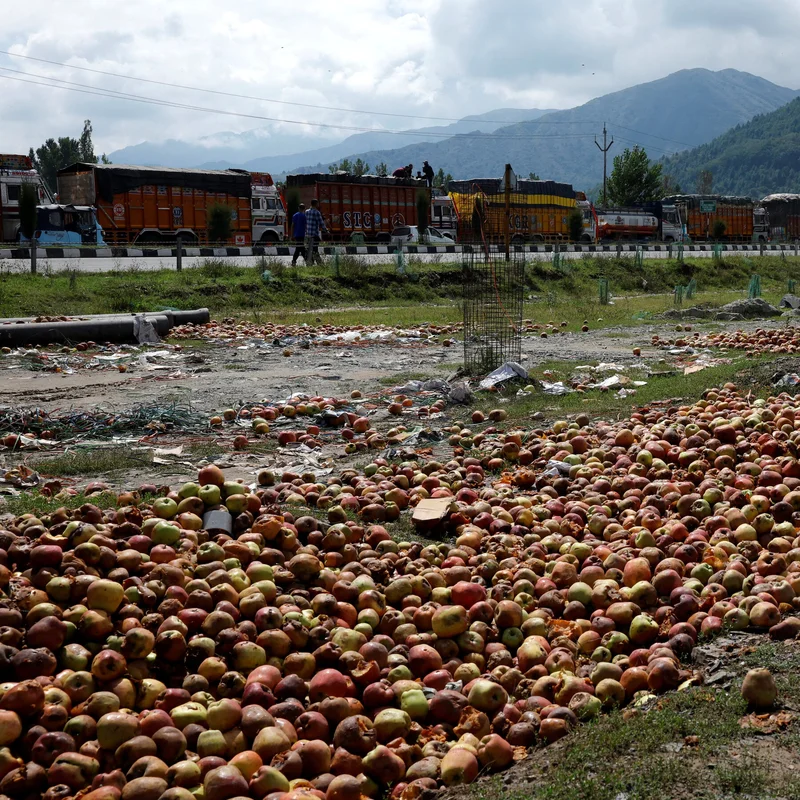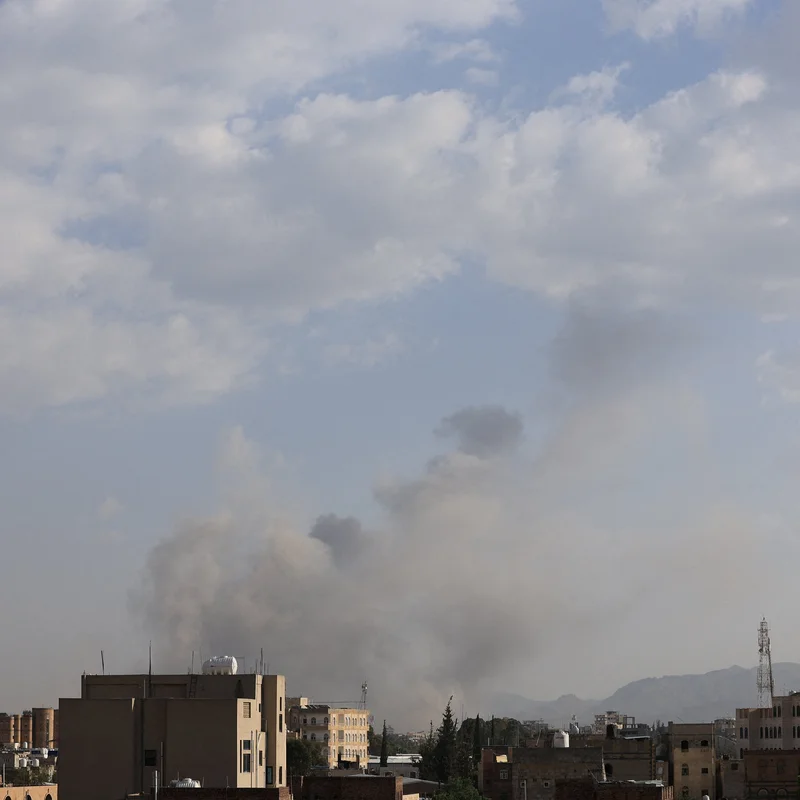For over a decade, the small Irish town of Askeaton thrived on a surprising lifeline: Chinese babies. Nestlé’s local factory churned out premium infant formula almost exclusively for China’s booming middle class, turning a quiet corner of County Limerick into an unlikely global supply hub. But when China’s birthrate collapsed, the dream unraveled—fast.
Or so it seemed.
In a twist few saw coming, Nestlé’s abrupt shutdown announcement in early 2025 wasn’t just about demographics—it exposed deeper shifts in global trade, consumer trust, and the fragile economics of single-market dependency.
The Rise: When Chinese Babies Fueled an Irish Boom
After China relaxed its one-child policy in 2016, a short-lived baby boom sent demand for high-quality infant formula skyrocketing. European brands like Nestlé, seen as safer and purer than domestic alternatives after past Chinese milk scandals, became status symbols.
Nestlé’s Askeaton plant—already producing dairy for decades—was retooled to meet this surge. By 2020, over 90% of its output was bound for China. Local employment swelled, contractors flourished, and the town’s economy hummed.
“We weren’t just making formula,” said Siobhán O’Connell, a former quality control manager. “We were feeding China’s future.”
The Fall: A Baby Bust Hits Home
But China’s fertility rate kept plummeting—from 1.3 in 2020 to just 0.9 in 2024, far below replacement level. Young couples cited sky-high housing costs, workplace pressures, and lack of childcare as reasons to delay or skip parenthood.
Imports of foreign baby formula dropped by nearly 60% between 2021 and 2024. Nestlé, facing shrinking margins and warehouse overstock, quietly began scaling back Askeaton operations in late 2024.
Then came the blow: in January 2025, Nestlé announced the factory would close by year’s end, eliminating 380 direct jobs and impacting hundreds more in the supply chain.
But Wait—There’s a Plot Twist
Despite the closure notice, Nestlé hasn’t sold the facility. Insiders say the company is quietly exploring a pivot: repurposing the plant for plant-based nutrition, medical foods, or even sustainable dairy alternatives aimed at Europe and North America.
“This isn’t the end—it’s a reset,” said Liam Darcy, an economic development officer in Limerick. “The infrastructure, the talent, the EU dairy access—it’s all still here.”
Meanwhile, the Irish government has launched a €50 million regional resilience fund to retrain workers and attract new investors. Local leaders are pitching Askeaton as a green-tech or agri-innovation hub.
Table: The Askeaton Factory Timeline
| Year | Milestone |
|---|---|
| 2016 | China relaxes one-child policy; baby boom begins |
| 2018 | Nestlé retools Askeaton plant for infant formula exports to China |
| 2020 | Peak production: 90%+ of output shipped to China |
| 2022 | China’s birthrate falls below 1.0; formula imports decline |
| 2024 | Nestlé begins phased slowdown at Askeaton |
| Jan 2025 | Official closure announcement |
| Late 2025 | Plant expected to cease operations—but future use remains open |
Lessons from a Global Supply Chain Shock
The Askeaton story is a cautionary tale about overreliance on a single export market—especially one shaped by volatile social trends. Economists warn that similar vulnerabilities exist in industries from semiconductors to electric vehicles.
“Globalization isn’t dead,” said Dr. Fiona Malone, trade analyst at Trinity College Dublin. “But it’s getting smarter, more diversified, and less romantic.”
For now, Askeaton residents are holding their breath. Some are retraining as renewable energy technicians; others are starting small food co-ops using local milk. The Nestlé sign still hangs over the factory gate—but locals say it’s not a tombstone. It’s a placeholder.




